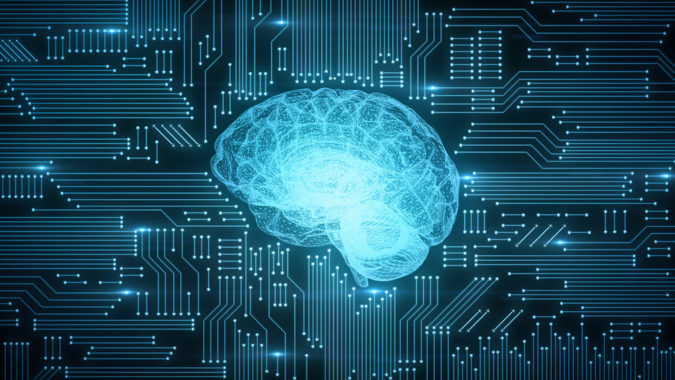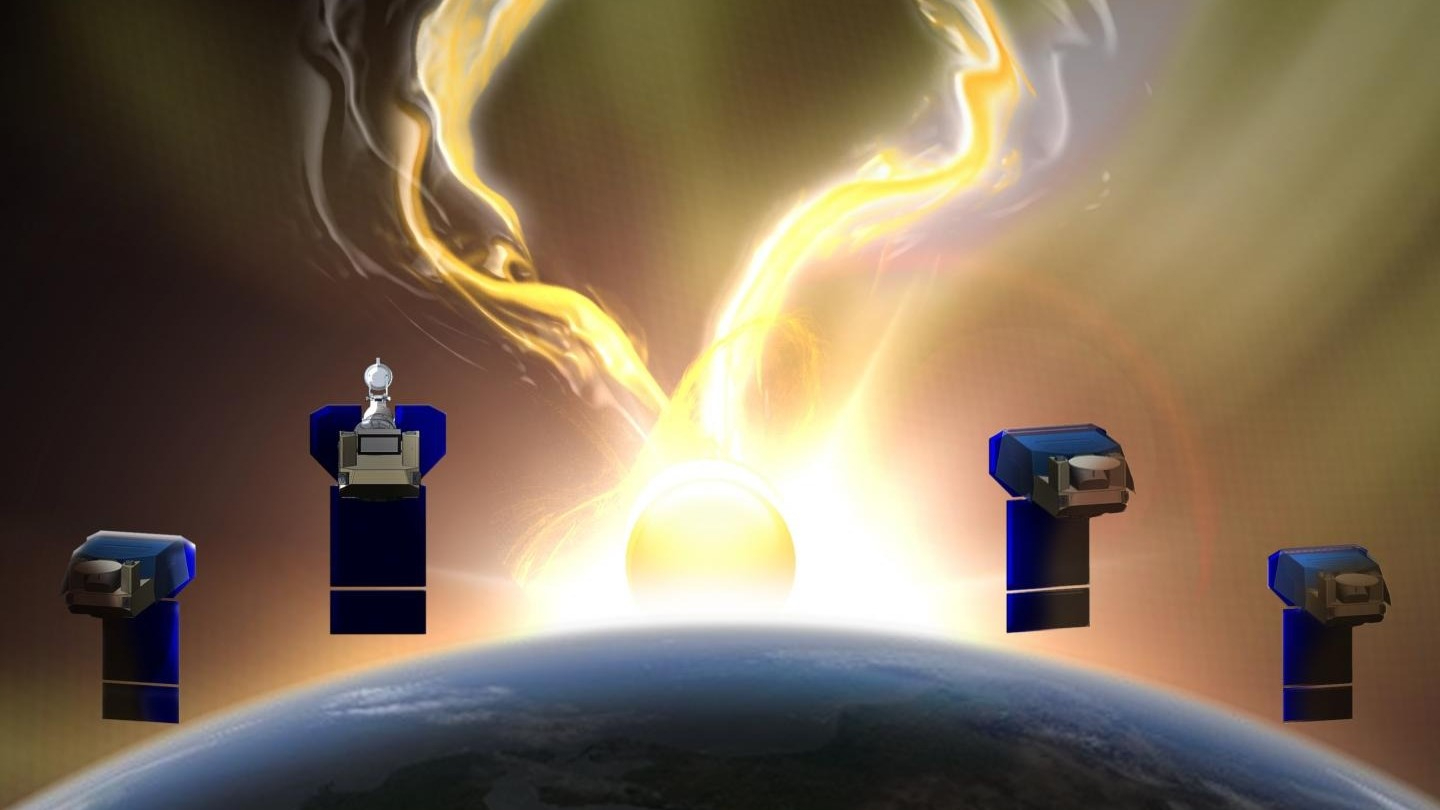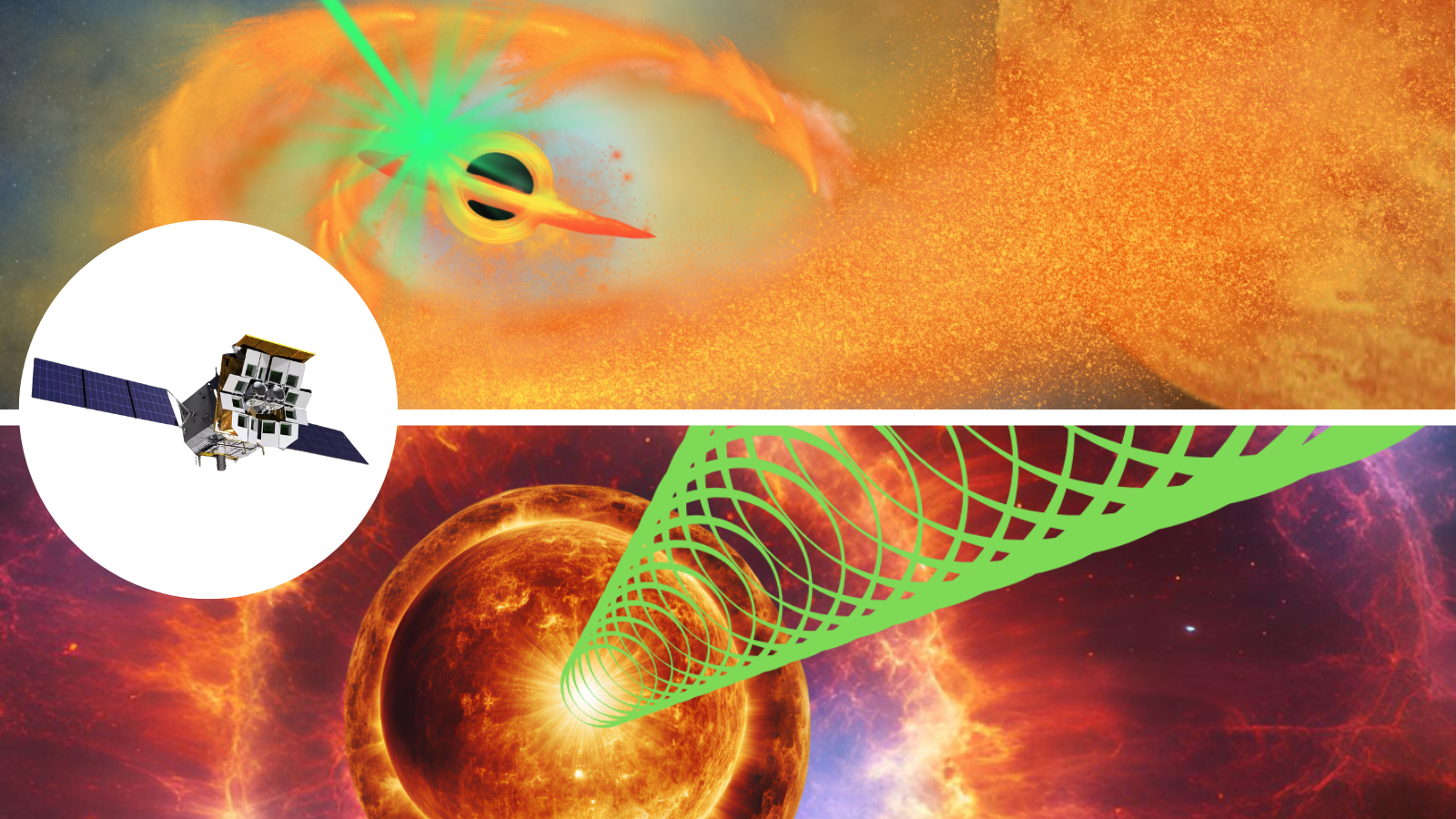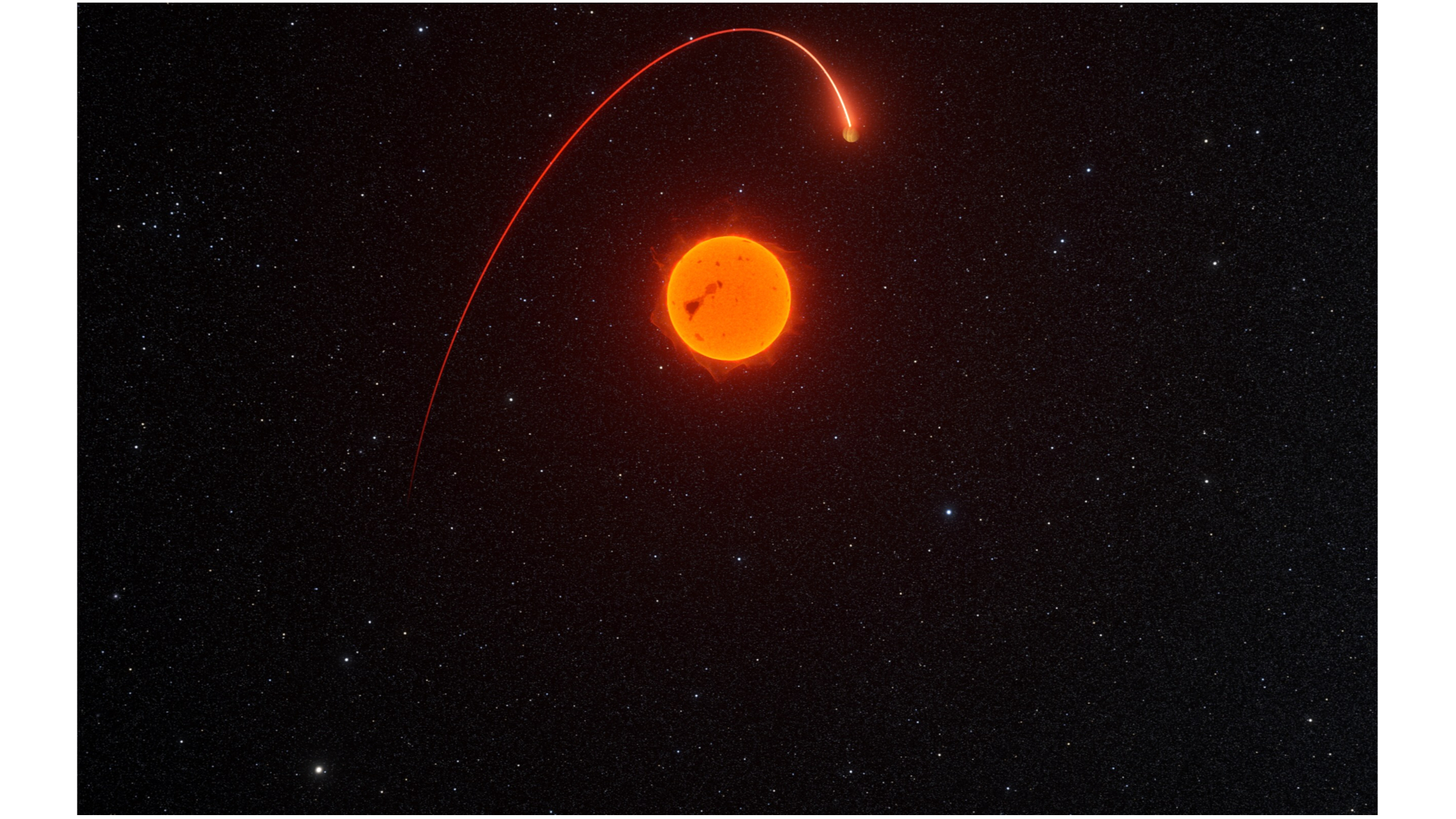Sean Carroll on the weirdness of quantum physics
Although I’ve read quite a few books on quantum mechanics—popular books, not books intended for physicists—I still don’t understand it. That is, I can understand the history, the controversies and some of the phenomena, as well as the various interpretations of quantum mechanics. But when it comes to stuff like entanglement, I’m baffled—not just by … Continue reading Sean Carroll on the weirdness of quantum physics

Although I’ve read quite a few books on quantum mechanics—popular books, not books intended for physicists—I still don’t understand it. That is, I can understand the history, the controversies and some of the phenomena, as well as the various interpretations of quantum mechanics. But when it comes to stuff like entanglement, I’m baffled—not just by its existence, but what it really means physically and how it could be possible.
Sean Carroll (the physicist) has just published a paper in Nature that is about as clear an explanation of the weirdness of quantum mechanics as I can imagine. I still don’t understand entanglement, but Carroll does point out why people like me have difficulty grasping some of the concepts and predictions.
Since, as Carroll notes, Heisenberg “first put forward a comprehensive version of quantum mechanics” in 1925, it is in one sense the 100th anniversary of quantum theory:
Click below to read for free:
I’ll give a few quotes under headings that I’ve made up:
Why quantum mechanics is qualitatively different from classical mechanics.
The failure of the classical paradigm can be traced to a single, provocative concept: measurement. The importance of the idea and practice of measurement has been acknowledged by working scientists as long as there have been working scientists. But in pre-quantum theories, the basic concept was taken for granted. Whatever physically real quantities a theory postulated were assumed to have some specific values in any particular situation. If you wanted to, you could go and measure them. If you were a sloppy experimentalist, you might have significant measurement errors, or disturb the system while measuring it, but these weren’t ineluctable features of physics itself. By trying harder, you could measure things as delicately and precisely as you wished, at least as far as the laws of physics were concerned.
Quantum mechanics tells a very different story. Whereas in classical physics, a particle such as an electron has a real, objective position and momentum at any given moment, in quantum mechanics, those quantities don’t, in general, ‘exist’ in any objective way before that measurement. Position and momentum are things that can be observed, but they are not pre-existing facts. That is quite a distinction. The most vivid implication of this situation is Heisenberg’s uncertainty principle, introduced in 1927, which says that there is no state an electron can be in for which we can perfectly predict both its position and its momentum ahead of time.
On entanglement.
The appearance of indeterminism is often depicted as their [people like Einstein and Schrödinger’s] major objection to quantum theory — “God doesn’t play dice with the Universe”, in Einstein’s memorable phrase. But the real worries ran deeper. Einstein in particular cared about locality, the idea that the world consists of things existing at specific locations in space-time, interacting directly with nearby things. He was also concerned about realism, the idea that the concepts in physics map onto truly existing features of the world, rather than being mere calculational conveniences.
Einstein’s sharpest critique appeared in the famous EPR paper of 1935 — named after him and his co-authors Boris Podolsky and Nathan Rosen — with the title ‘can quantum-mechanical description of physical reality be considered complete?’. The authors answered this question in the negative, on the basis of a crucial quantum phenomenon they highlighted that became known as entanglement.
If we have a single particle, the wavefunction assigns a number to every possible position it might have. According to Born’s rule, the probability of observing that position is the square of the number. But if we have two particles, we don’t have two wavefunctions; quantum mechanics gives a single number to every possible simultaneous configuration of the two-particle system. As we consider larger and larger systems, they continue to be described by a single wavefunction, all the way up to the wavefunction of the entire Universe.
As a result, the probability of observing one particle to be somewhere can depend on where we observe another particle to be, and this remains true no matter how far apart they are. The EPR analysis shows that we could have one particle here on Earth and another on a planet light years away, and our prediction for what we would measure about the faraway particle could be ‘immediately’ affected by what we measure about the nearby particle.
The scare quotes serve to remind us that, according to the special theory of relativity, even the concept of ‘at the same time’ isn’t well defined for points far apart in space, as Einstein knew better than anyone. Entanglement seems to go against the precepts of special relativity by implying that information travels faster than light — how else can the distant particle ‘know’ that we have just performed a measurement?
Yes, I know that this cannot be understood in terms of everyday observation, but what I fail to understand—and perhaps some reader can explain this to me—is exactly what properties of a particle can be affected by ascertaining properties of another particle light years away.
I’ll leave you to read the various interpretations of quantum theory, the most trenchant involving whether it actually represents physical reality or is merely a theory meant to explain experimental results. I’m not sure where Carroll fits on this spectrum, but I do see that while he describes another interpretation, the “Everttian or many-worlds interpretation,” I thought that Carroll used to favor this explanatin, which of course is deeply, deeply, weird, creating a new but unobservable universe each time an observer measures something. His summary of the state of the field is this:
So, physicists don’t agree on what precisely a measurement is, whether wavefunctions represent physical reality, whether there are physical variables in addition to the wavefunction or whether the wavefunction always obeys the Schrödinger equation. Despite all this, modern quantum mechanics has given us some of the most precisely tested predictions in all of science, with agreement between theory and experiment stretching to many decimal places.
The big remaining problem. If you read even a bit about quantum physics, you’ll know this:
Then, there is the largest problem of all: the difficulty of constructing a fundamental quantum theory of gravity and curved space-time. Most researchers in the field imagine that quantum mechanics itself does not need any modification; we simply need to work out how to fit curved space-time into the story in a consistent way. But we seem to be far away from this goal.
What good is quantum mechanics? But of course quantum mechanics, even if not comprehensible by the standards of everyday experience, has been immensely useful, for we’ve long known that its predictions match observations about as closely as any theory can. Here are the benefits:
Meanwhile, the myriad manifestations of quantum theory continue to find application in an increasing number of relatively down-to-Earth technologies. Quantum chemistry is opening avenues in the design of advanced pharmaceuticals, exotic materials and energy storage. Quantum metrology and sensing are enabling measurements of physical quantities with unprecedented precision, up to and including the detection of the tiny rocking of a pendulum caused by a passing gravitational wave generated by black holes one billion light-years away. And of course, quantum computers hold out the promise of performing certain calculations at speeds that would be impossible if the world ran by classical principles.
And don’t ask me what “quantum chemistry” is, as I know it not.
These are just small excerpts. Go read about the theory in its centenary year.











![How to Build Scalable Access Control for Your Web App [Full Handbook]](https://cdn.hashnode.com/res/hashnode/image/upload/v1738695897990/7a5962ce-9c4a-4e7c-bdeb-520dccc5d240.png?#)
































































